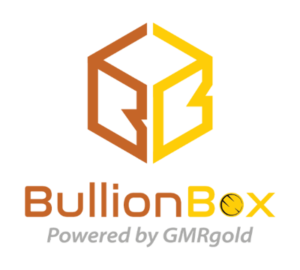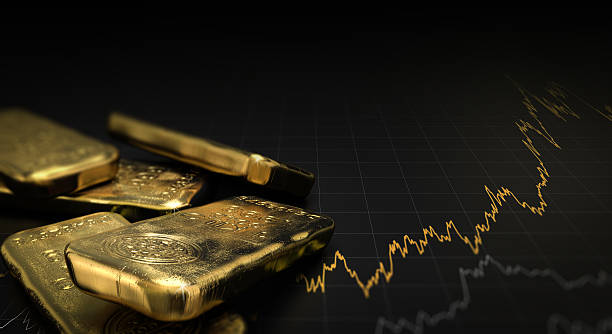With the economy still in recovery mode from the pandemic, many investors are looking for safe havens to invest their money. Precious metals have always been a popular choice, and with gold prices at an all-time high, now is a good time to consider investing in this tried-and-true asset class. But what other precious metals are the best to invest in for 2022? This article will take a look at the three most popular options – gold, silver, and platinum – and help you to make an informed decision about where to put your money.
Here is a list of the metals you might consider investing in in 2022.
Gold
Gold is a popular choice for investors because it is a precious metal that has been used as a form of currency and store of value for centuries. Gold is also abundant enough to be produced into coins and bars, but rare enough to hold its value.
The biggest advantage of investing in gold is that it is a safe investment. Gold prices tend to go up when other investments, such as stocks and bonds, are going down. This makes gold a good choice for investors who are looking to protect their assets from market volatility.
The biggest disadvantage of investing in gold is that it is a relatively slow-moving market. Gold prices can stay the same for long periods of time, or even decline, before moving up again. This can make gold a frustrating investment for investors who are looking for more immediate returns.
Silver
Silver coins, on the other hand, are worth more. Silver is valued by its weight, purity, age, collectability, design, uniqueness, and historical and cultural importance.
You should consider silver coins because they are easy to buy and sell. When new developments in the digital industry happen, new hardware will be needed. In the future, tech companies will need more Silver, and if you have it in physical form, you have an advantage in the digital market.
Platinum
Platinum bullion ingots and coins are “hard assets,” which are investments that are often recommended as part of a diversified portfolio. In fact, many financial advisors say that hard assets should make up 5% to 9.5% or even more of an investment portfolio. Buying platinum, which is a valuable precious metal, can help build and balance a portfolio. Representatives from BullionBox are happy to talk about the possible benefits of platinum bullion and how to buy platinum right now.
Palladium
Bullion coins are easy to buy, hold, sell, and trade. They can be a great way to start investing in palladium or add to an existing portfolio. BullionBox is proud to sell fine palladium coins which are made to the exacting standards of the Royal Canadian Mint.
Palladium coins are a good way to diversify a portfolio because they have appealing supply and demand fundamentals and a relatively small market.
What Are Metal Stocks?
Precious metals provide exceptional protection against inflation. They have inherent worth, are not subject to credit risk, and cannot be inflated. That implies you cannot print further copies. In addition, they provide actual insurance against financial and political/military upheavals.
From the perspective of investing theory, precious metals have a low or negative correlation with other asset classes such as equities and bonds. This means that even a tiny proportion of precious metals will minimize portfolio volatility and risk.
The Risk
Every investment carries a unique set of risks. There is always a degree of danger associated with investing in precious metals, despite the fact that precious metals may offer some degree of security. Metals’ prices might fall due to technical imbalances (more sellers than buyers), supply and demand fluctuations, geopolitical difficulties, and other considerations. However, economic uncertainty is advantageous for sellers, as prices tend to increase.
Conclusion
Precious metals are a separate asset class from stocks and bonds, are partially uncorrelated, and have their own risks and opportunities.
This renders them ideally suited for use in portfolio diversification strategies. There are numerous ways to invest in precious metals, and the optimal strategy will depend on your objectives.
FAQs
- Are precious metals taxed?
The Internal Revenue Service classifies precious metals as collectibles in the same manner as paintings. Precious metals sold within a year are subject to the individual’s standard tax rate. After a year, a 28 percent collectible tax rate applies to sales.
ETFs will provide the same yield as direct ownership of precious metals. Please contact a tax attorney who can assist you in this situation, as tax regulations are subject to rapid modification.
- Invest in physical, paper, or digital precious metals?
The most common method of investing in precious metals is to own the commodity itself. People enjoy possessing their metals for a variety of reasons, but the most obvious is trust.
Many precious metals investors have less faith in financial institutions than in themselves. Possession of the actual metal grants complete authority over the object.
Purchasing digital or paper precious metal assets, such as futures contracts and gold certificates, is not backed by the metal. Paper assets emphasize investments in gold mining firms or the future price of gold.
Still undecided on what precious metals to invest in? Visit Bullion Box to get answers to your uncertainty.

 with 700+ reviews
with 700+ reviews



